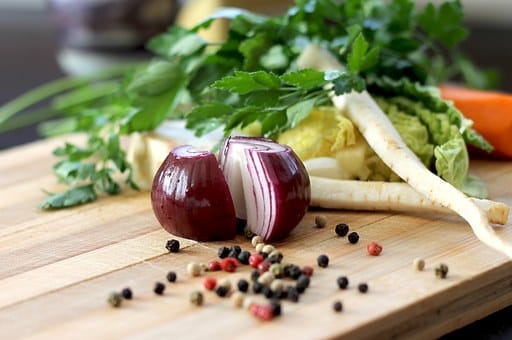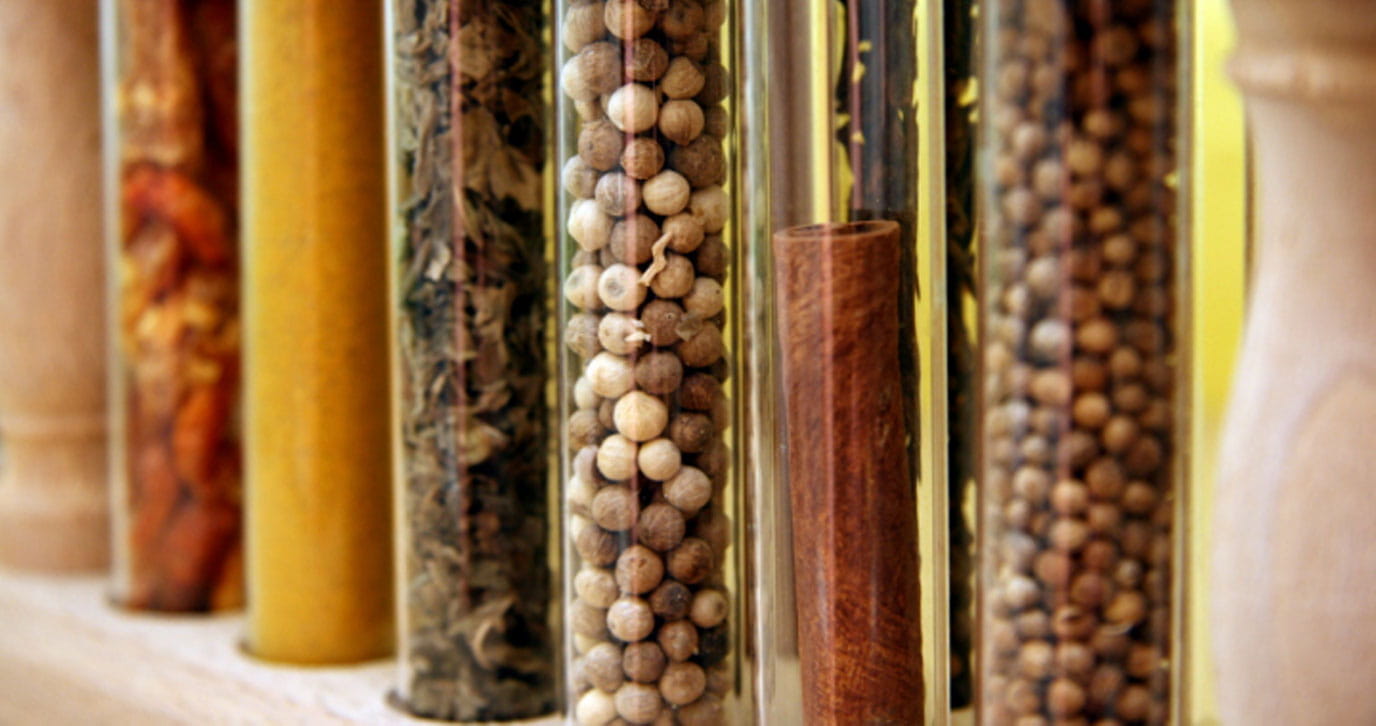November, 2024
Nutrition Education in Primary Care: Comparing Video vs Handout InterventionsSpice and Herb Use with Vegetables: Liking, Frequency, and Self-efficacy among US Adults
Nikolaus, C. J., Ellison, B., Heinrichs, P. A., Nickols-Richardson, S. M., and Chapman-Novakofski, K. M.

January 2017-- Researchers at the University of Illinois at Urbana-Champaign collected information on spice and herb liking and use frequency and whether they were used when cooking vegetables.
Overview
To inform future initiatives to encourage vegetable intake, we explored how spice and herb (S/H) use with vegetables was related to consumer characteristics.
Methods
A questionnaire collected information on S/H liking and use frequency, whether S/Hs were used when cooking vegetables, and belief that consumers could use S/Hs when cooking vegetables. The questionnaire was distributed to members of an online panel of US consumers.
Results/Conclusions
Younger respondents (18-29 years) and respondents who identified as Asian/ Pacific Islander or other racial group used 19 of the 20 S/Hs more frequently than their older and white/Caucasian, African-American or Hispanic counterparts, respectively. S/H use when cooking vegetables at home was significantly higher for women. Self-efficacy was higher for women, 18-29 year-olds, and 30-49 year-olds, and lower for respondents who identified as white/Caucasian race and those with annual incomes below $50,000.
Low-income, male, older (≥ 50 years), and white/ Caucasian respondents were identified as target audiences that may benefit the most from interventions encouraging S/H use with vegetables to increase consumption. It is critical to account for socio-demographic characteristics of the audience when designing interventions.






